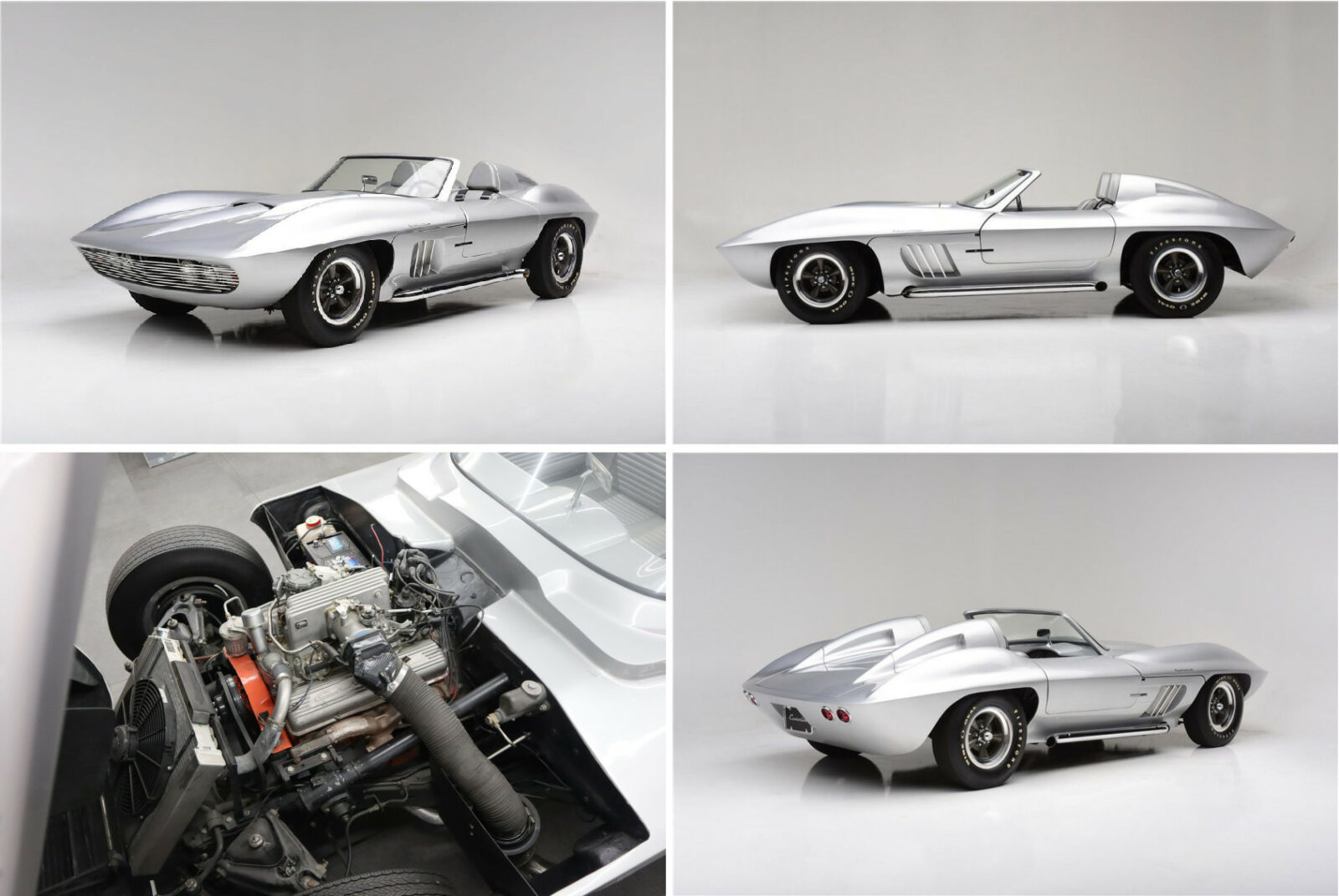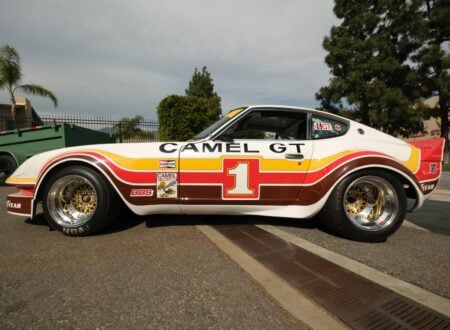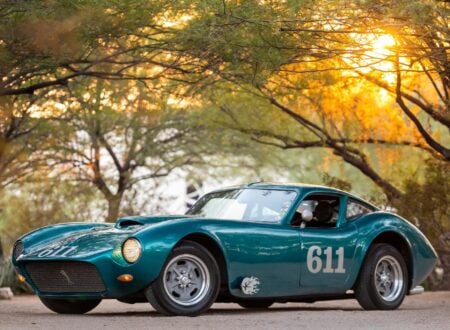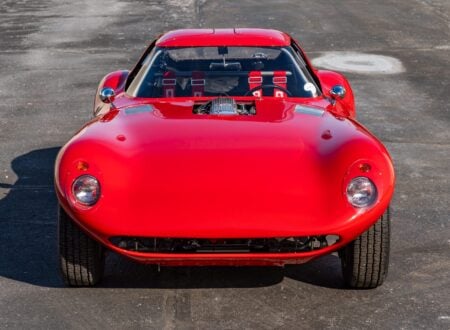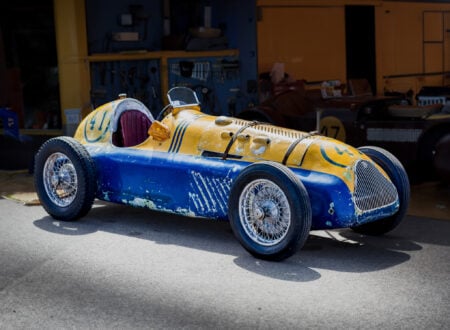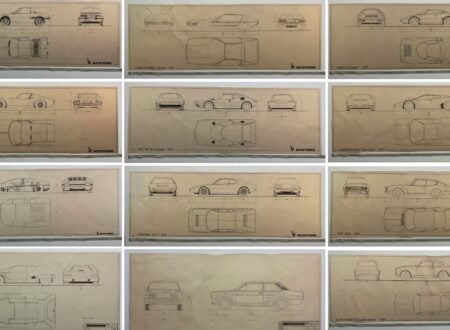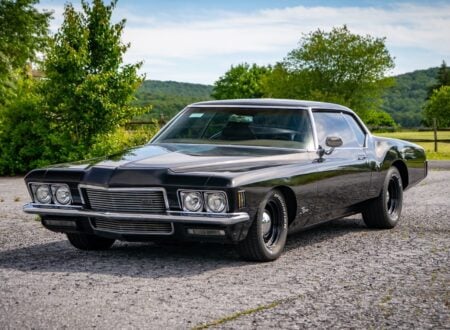This is a 1958 Chevrolet Corvette Fiberfab Centurion, if you’ve never seen one before that’s entirely understandable as only a small number were built, all starting out as Corvettes before having new bodies from Fiberfab fitted as part of the Centurion kit.
The design of the Centurion was directly inspired by the Corvette-based XP-87 Stingray prototype of 1959. This would be the car that formed the foundation of the C2 Corvette, becoming one of the most memorable American sports cars of the 20th century.
The Chevrolet Corvette Fiberfab Centurion
- The Fiberfab Centurion was developed as a full fiberglass body that could be fitted directly to a C1 Corvette chassis, vastly updating the looks of the car in the process. The design of the Centurion was closely based on the 1959 XP-87 Stingray prototype designed by Pete Brock.
- The XP-87 Stingray prototype became a successful racer in its own right, taking its first class win in 1959 and winning an SCCA Championship in 1960.
- Fiberfab was a kit car company founded by Warren “Bud” Goodwin in 1964, the company offered a slew of cars – some with original designs and some that were replicas of other vehicles, like the Ford GT40 and the XP-87 Stingray.
- The car you see here is one of very few Fiberfab Centurions that we’ve seen come up for sale, it’s been built to a very high level and looks like a production car – it certainly gets a lot of attention out on the road wherever it goes.
The Fiberfab Company Of California
The incredible story of Fiberfab stands as one of the most unusual narratives in the annals of 20th century kit car history – including moments of triumph, but ultimately ending in a tragic murder.
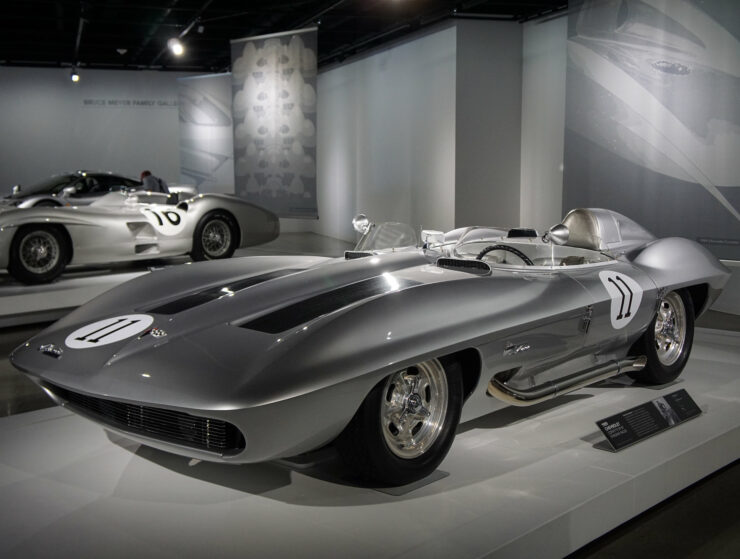

It all commenced with Warren “Bud” Goodwin, an amateur sports car racer. In 1957, he established Sports Car Engineering (SCE) but soon relinquished ownership to Du Crest Fiberglass, securing a handsome profit in the process. Goodwin’s desire to create his own sports car company remained unwavering, and he set to work on it almost immediately.
In 1964, his aspirations became a reality as he joined forces with business partner John Hebler to inaugurate the Fiberfab Company, headquartered in Palo Alto, California. Initially, the company primarily specialized in providing lightweight fiberglass body panels and body kits tailored for Corvettes, Mustangs, and Jaguars. These offerings catered to individuals seeking to improve their vehicles’ performance by shedding excess weight.
However, in 1966, Fiberfab took a momentous leap forward by introducing a range of complete fiberglass body kits, featuring notable models such as the Apache, Aztec, Aztec II, and the Centurion.
The pinnacle of their innovation arrived in 1967 with the unveiling of the Valkyrie, a kit car modeled after the legendary Ford GT40. Fiberfab asserted that this marvel was the fastest car in the world during its time, boasting a remarkable top speed of 180 mph. Each Valkyrie was even equipped with a standard-issue parachute, though this was more for marketing than any real necessity.
The Murder Of Jamaica Goodwin
In 1967 Fiberfab was turned on its head when the company founder, Warren Goodwin, shot and killed his 28 year old wife Jamaica Goodwin. The exact circumstances are murky, however he was convicted of voluntary manslaughter and sentenced to twelve months imprisonment.
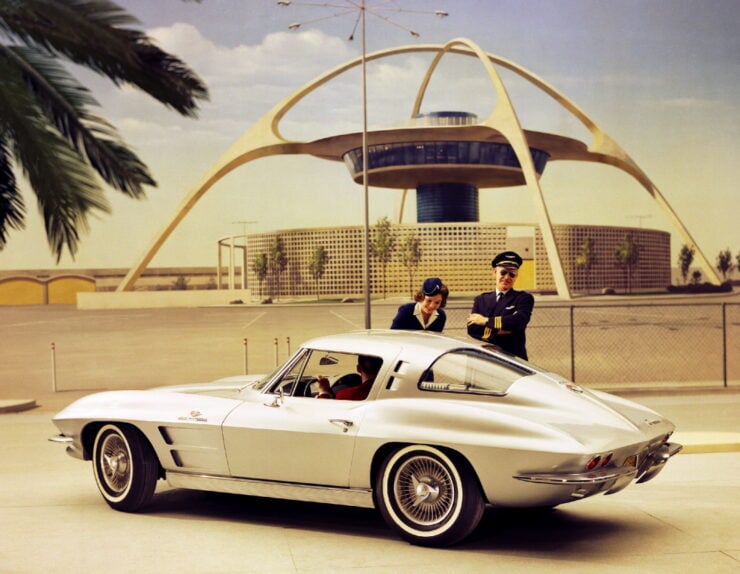

Warren Goodwin would never set foot outside of prison again, he died of a massive heart attack just a few months into his sentence in late 1968.
Despite this tragedy Fiberfab continued on, releasing the Fiberfab Jamaican in 1968, a car designed by Chris Bebee that some say was influenced by the Lamborghini Miura.
Fiberfab would go through a few ownership changes over the succeeding years, interestingly the company is still in business today and their website claims that the company is now under new ownership, and that they’re planning to build new turnkey cars.
The Fiberfab Centurion
“The Centurion is ideal to be fitted on old Corvette cars, which makes them younger. If you have such a model and you have spent a lot of time and money on your engine, choose the Centurion to give your car the bodywork it deserves.” – Fiberfab Brochure
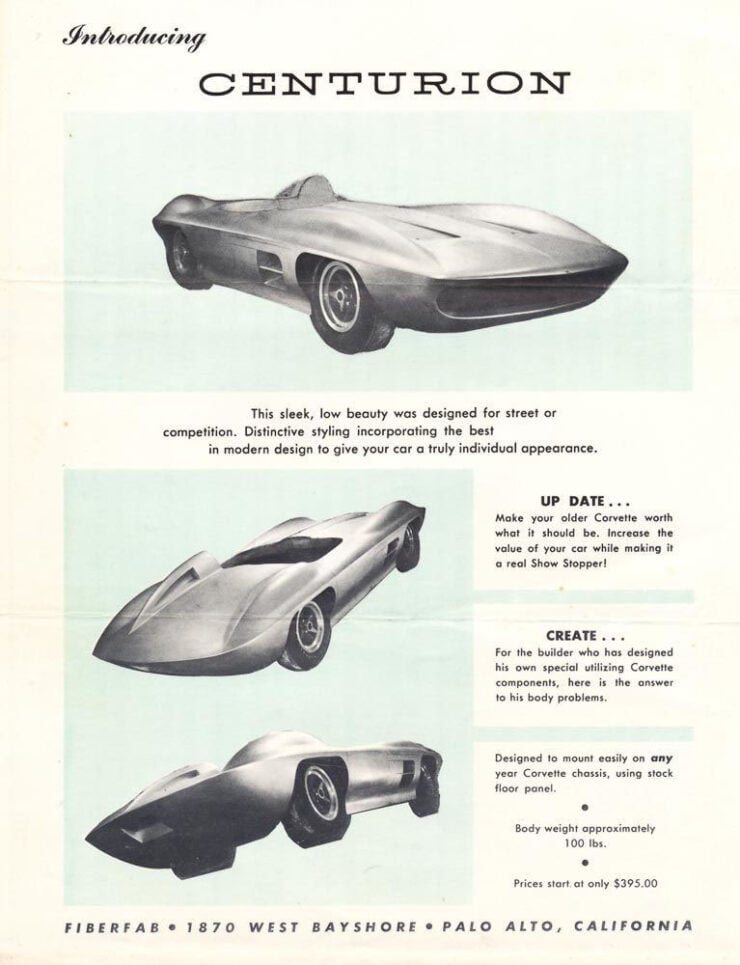

The Fiberfab Centurion was developed as an homage of sorts to the incredible Corvette-based XP-87 Stingray prototype of 1959. The XP-87 had been designed by Pete Brock and then refined a little for production by Larry Shinoda, it would become the stylistic foundation of the C2 Corvette Sting Ray which was released in 1962 (as a 1963 model rear car).
The development history of the Corvette-based XP-87 Stingray prototype is fascinating, it went through a few incarnations before being cancelled and then revived on a new chassis. The car went racing as a private entry in 1959 and won its class in its first outing. A year later in 1960 the car would win an SCCA National Championship.
One man who was deeply impressed by the XP-87 Stingray prototype was Fiberfab founder Warren “Bud” Goodwin. He decided to do what Chevrolet wouldn’t, and make the car a reality. His idea centered around people using a C1 Corvette chassis, then buying a fiberglass XP-87 Stingray-style body from Fiberfab to fit over the top.
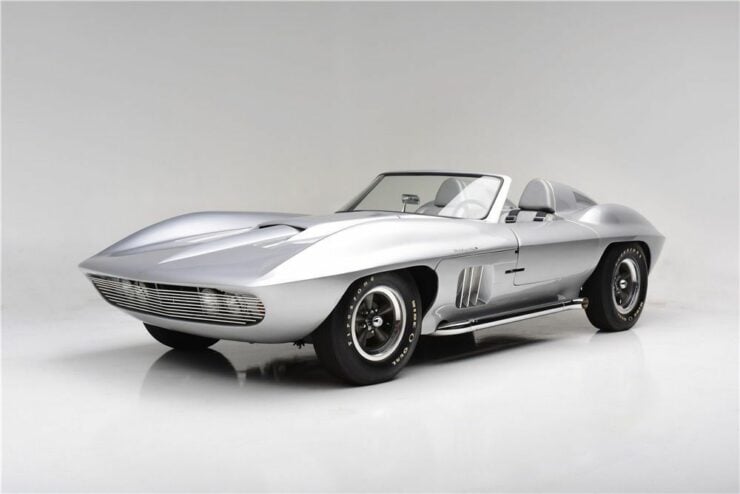

The exact number of kits that were sold isn’t known, the number of finished Fiberfab Centurions is also a mystery. We only very rarely see them come up for sale however, which does indicate they’re relatively rare and that perhaps not many have survived.
The car you see here is due to roll across the auction block with Artcurial at their Classic Le Mans sale on the 30th of June. It has a price guide of $27,000 – $37,700 USD and you can visit the listing here if you’d like to read more about it or register to bid.
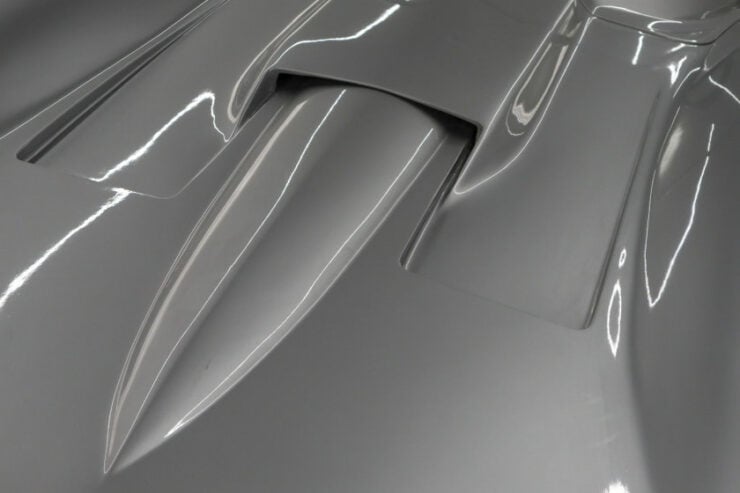
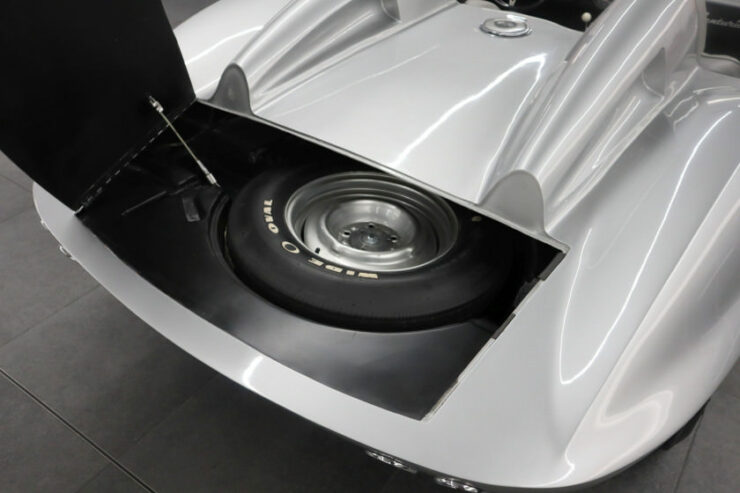
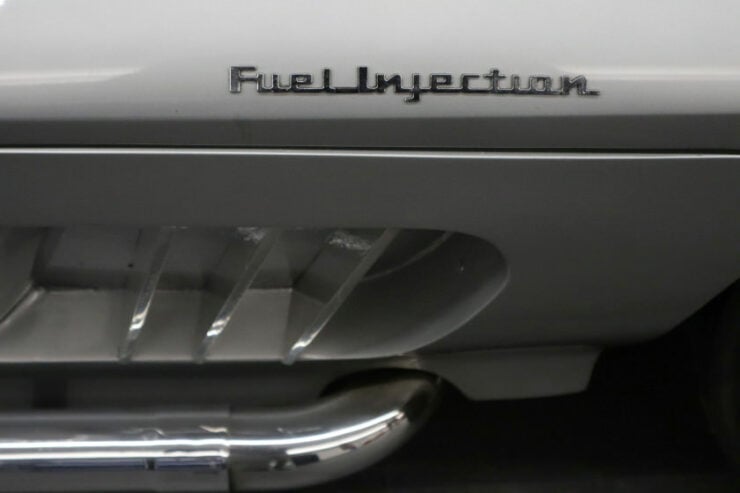
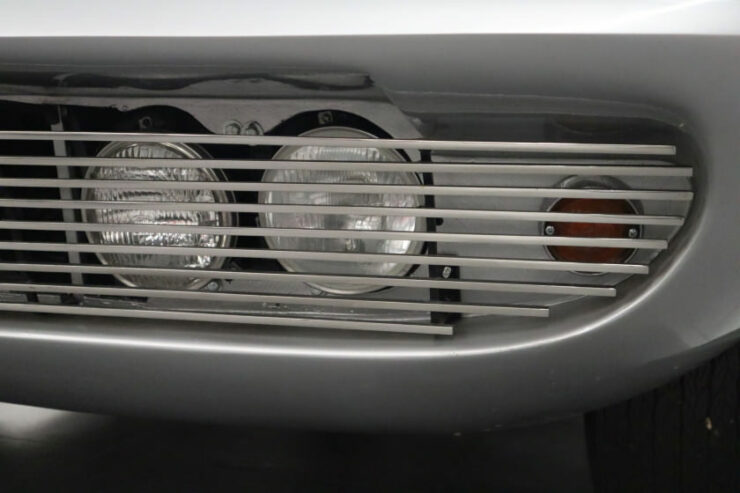
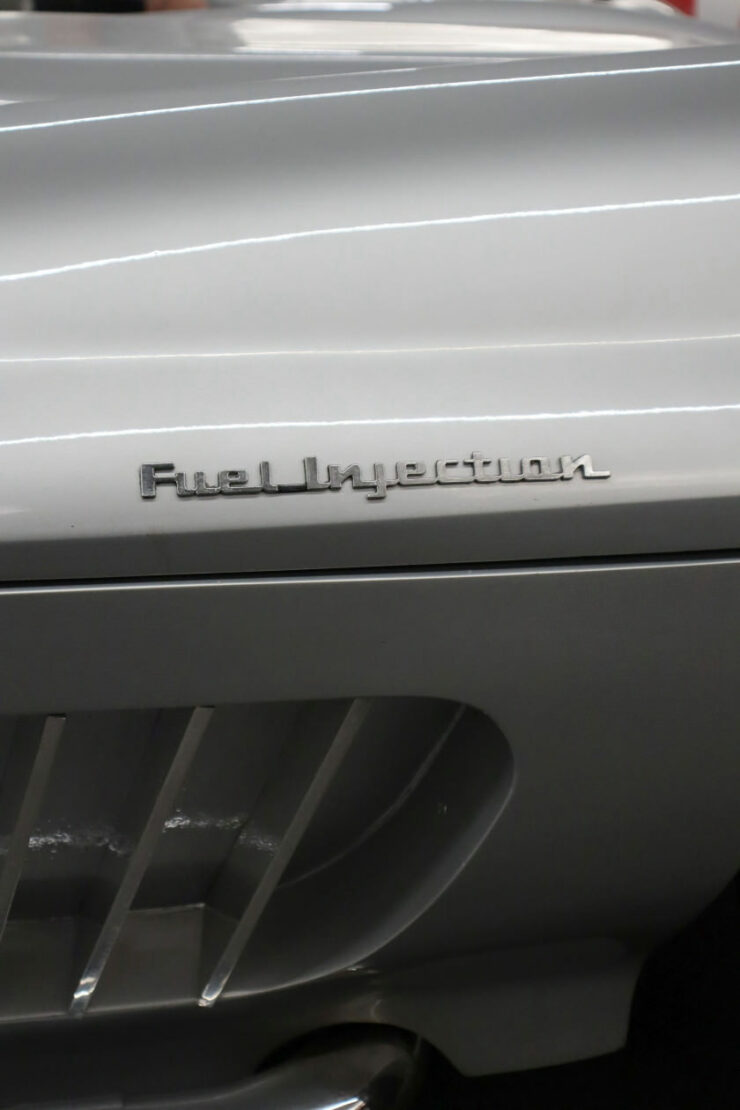
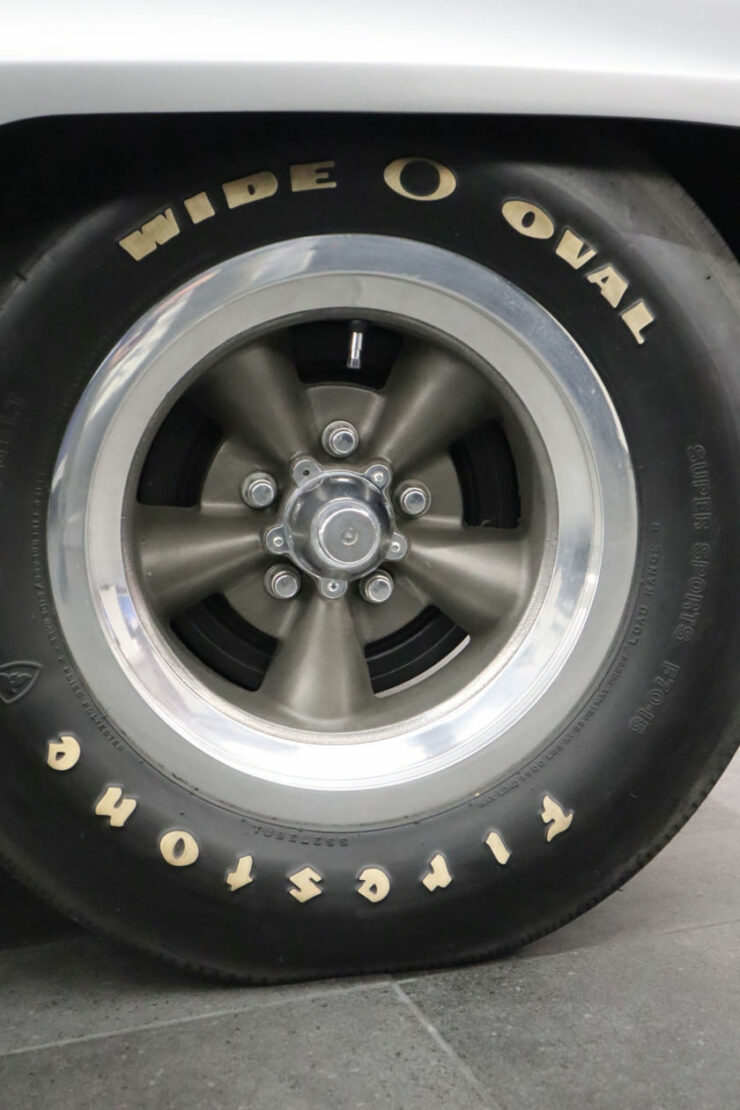
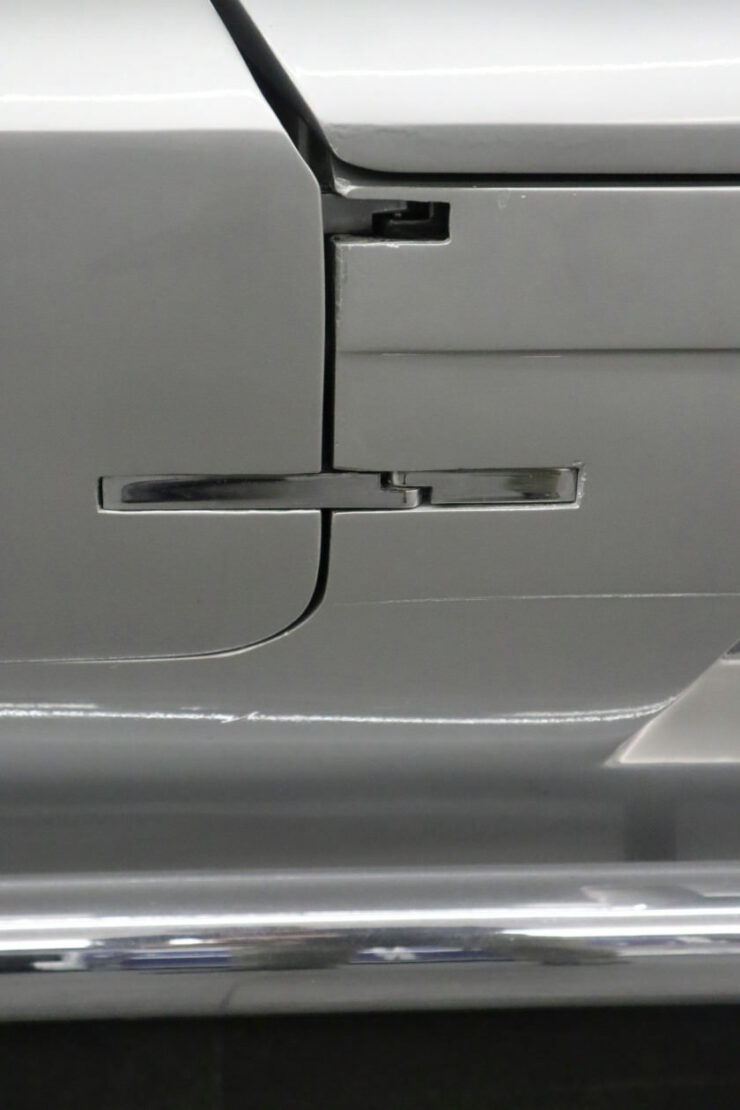
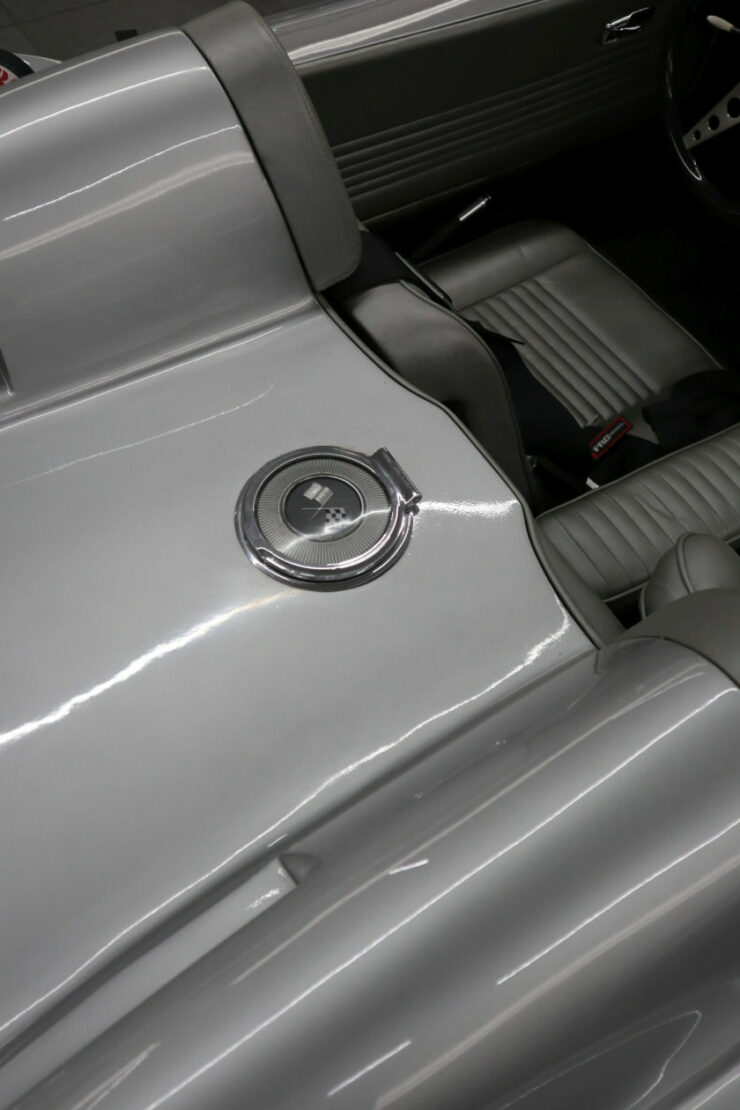
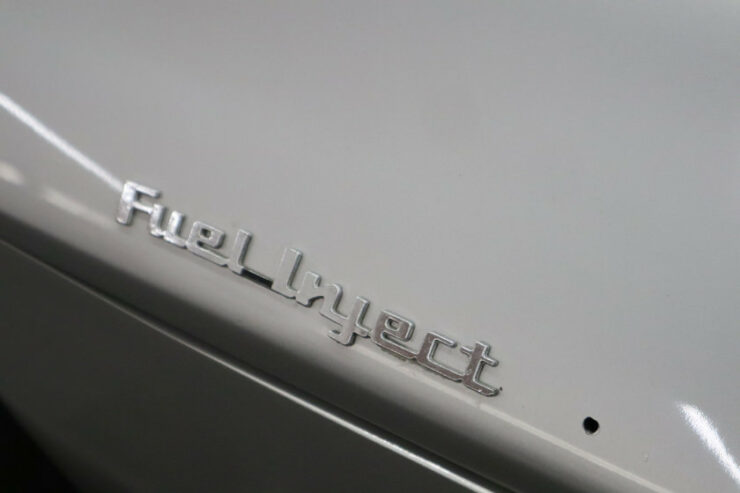
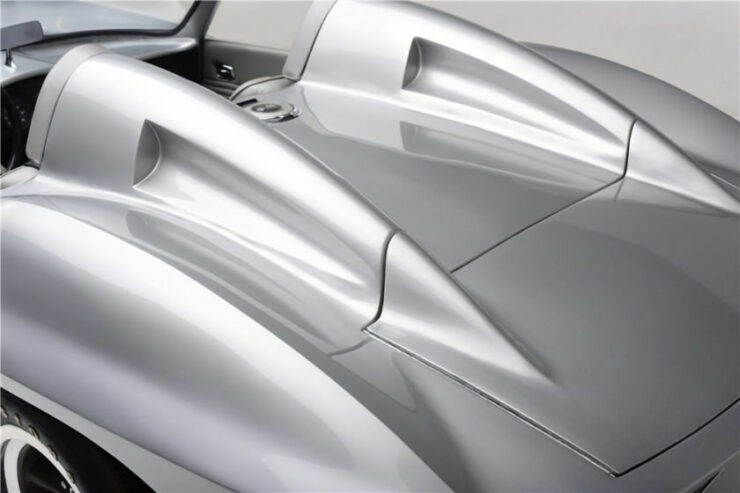
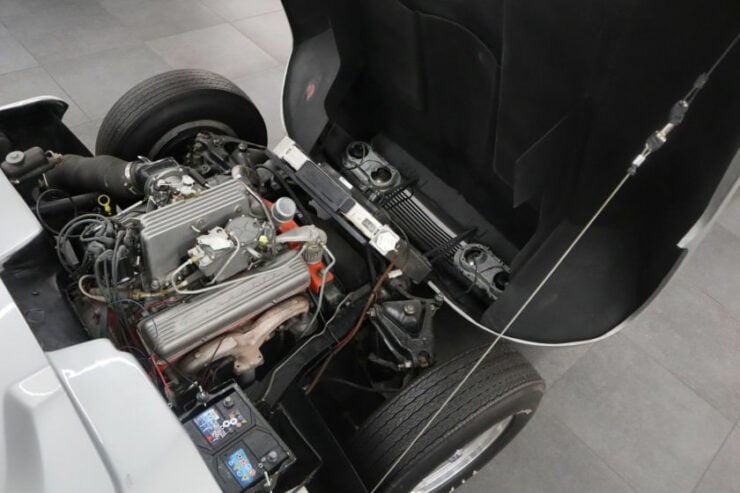
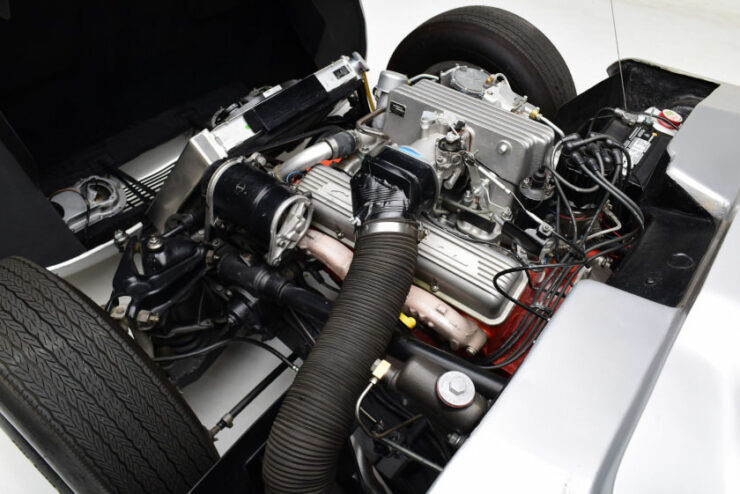

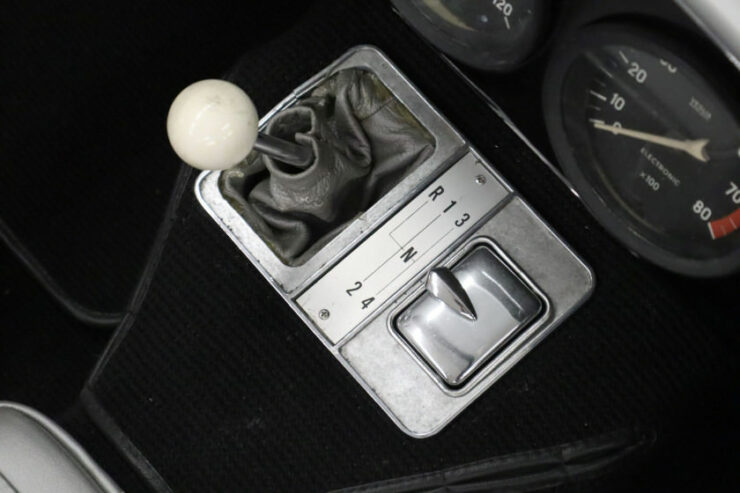
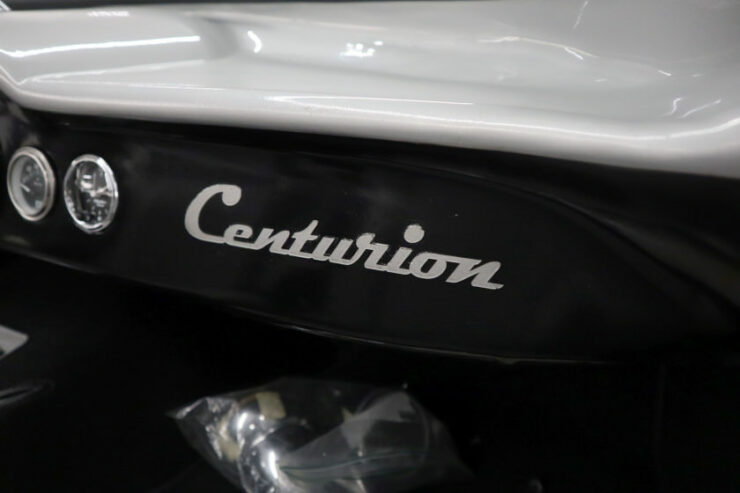
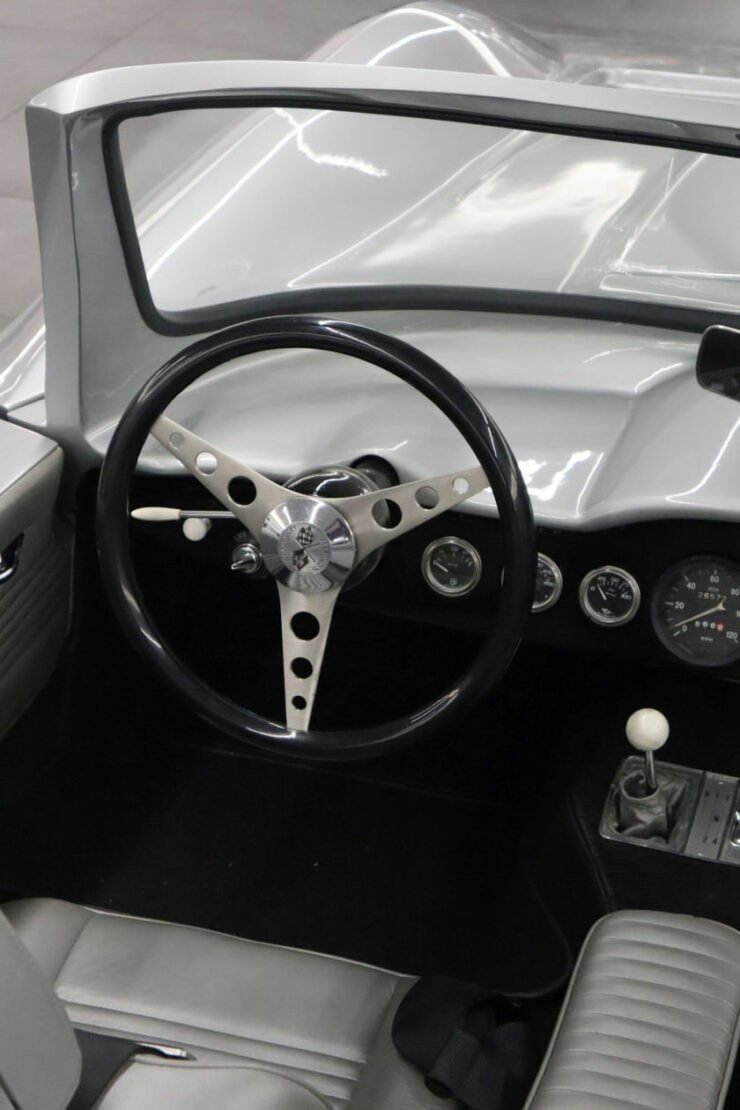
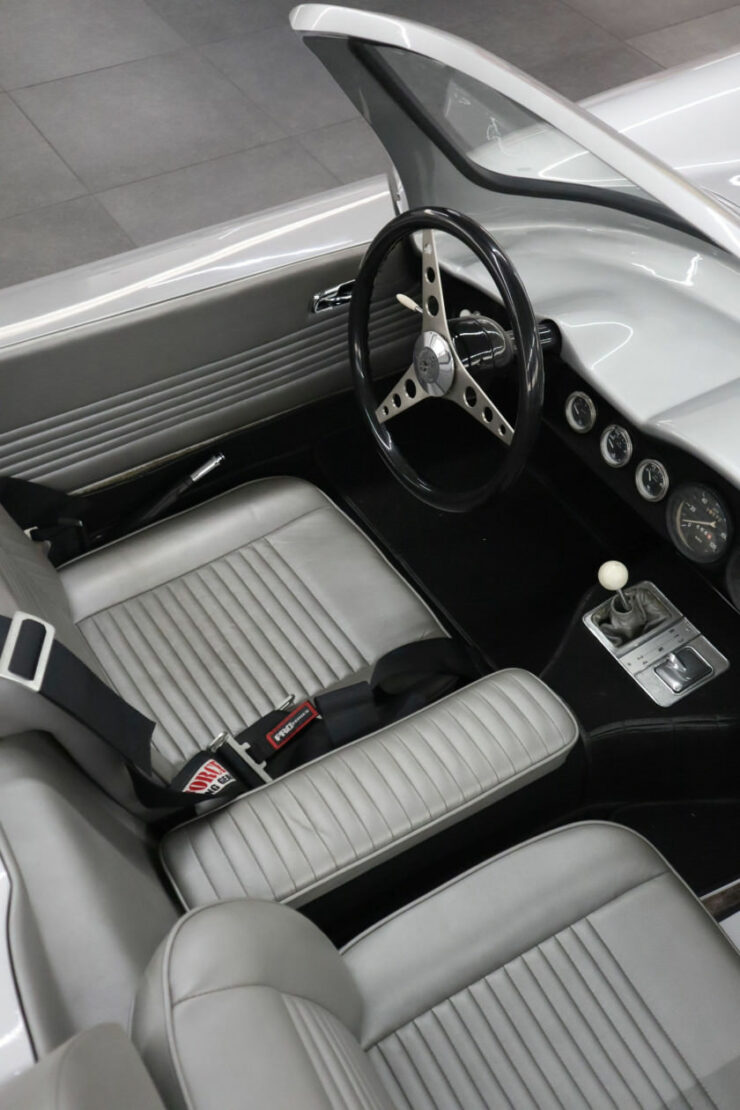
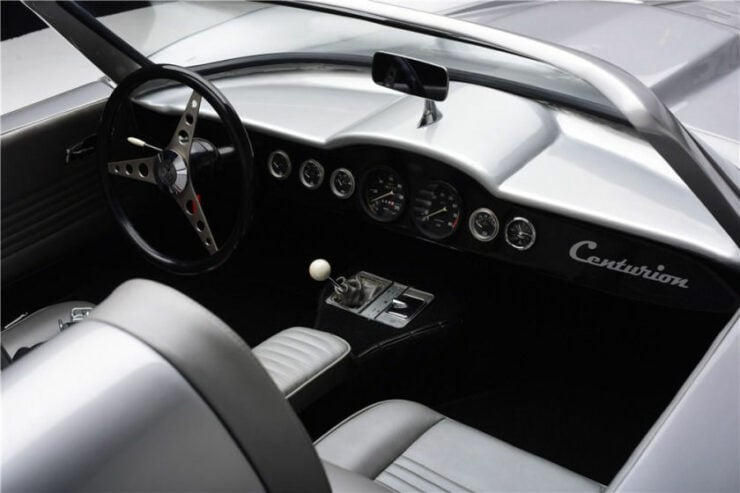
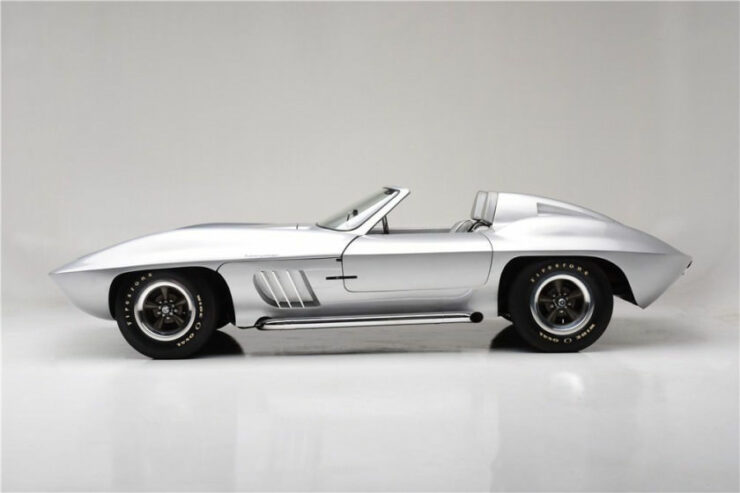
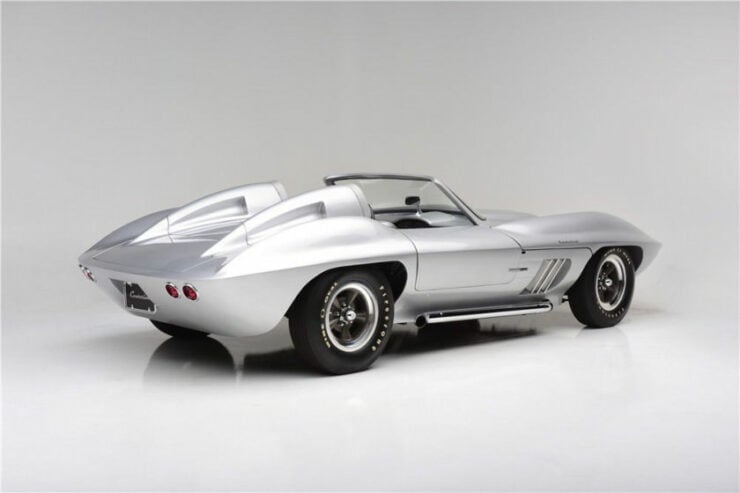
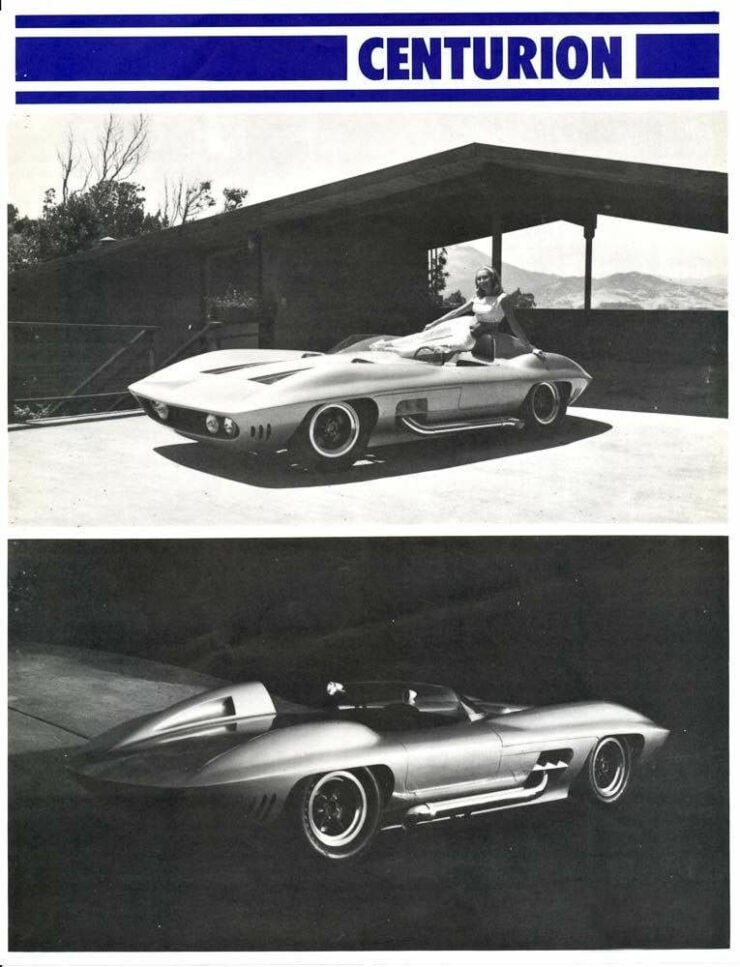
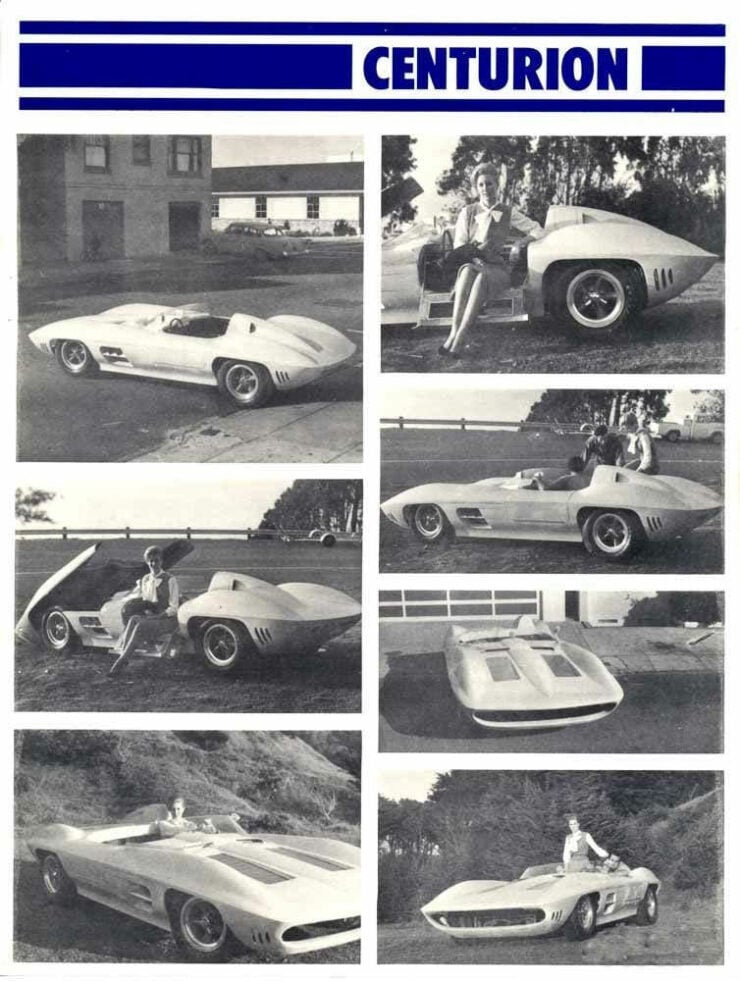
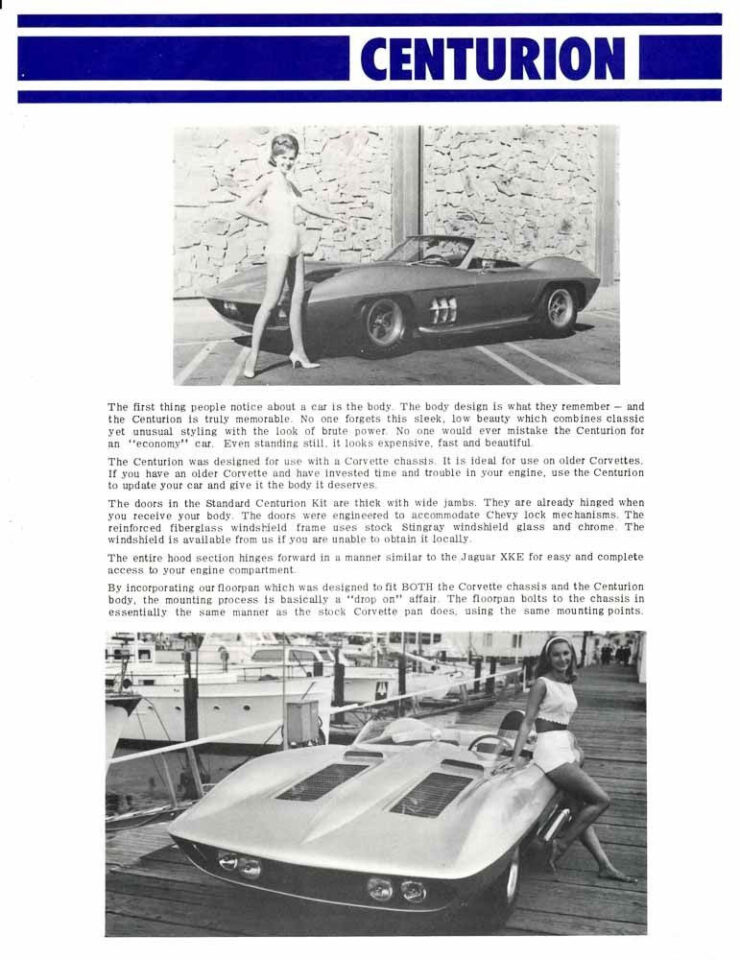
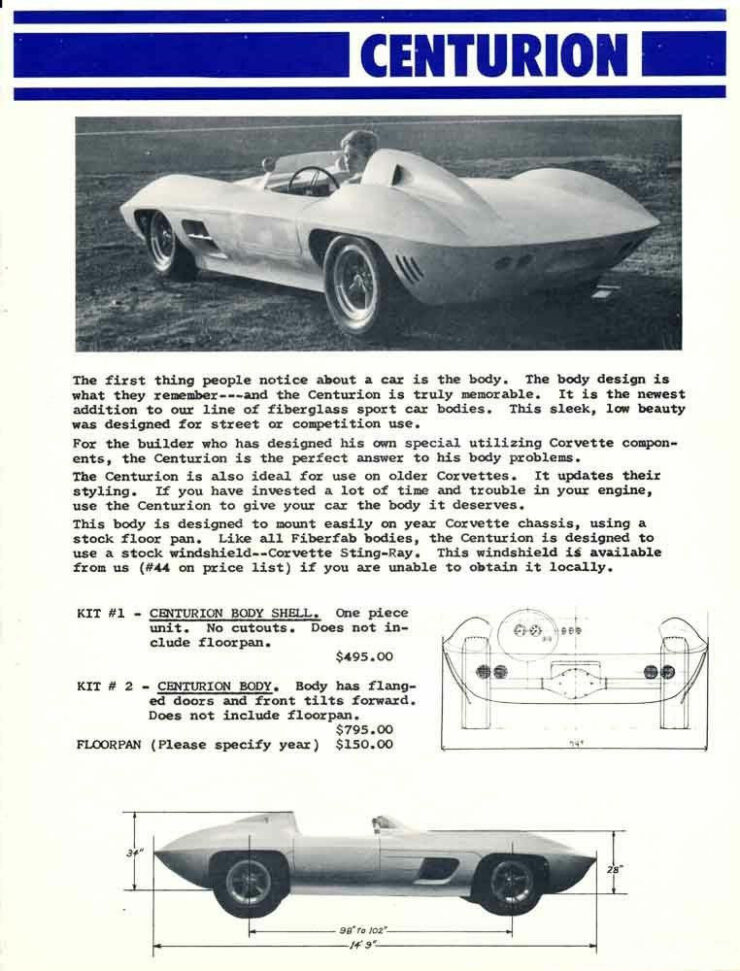
Images courtesy of Artcurial + Fiberfab Ltd.

